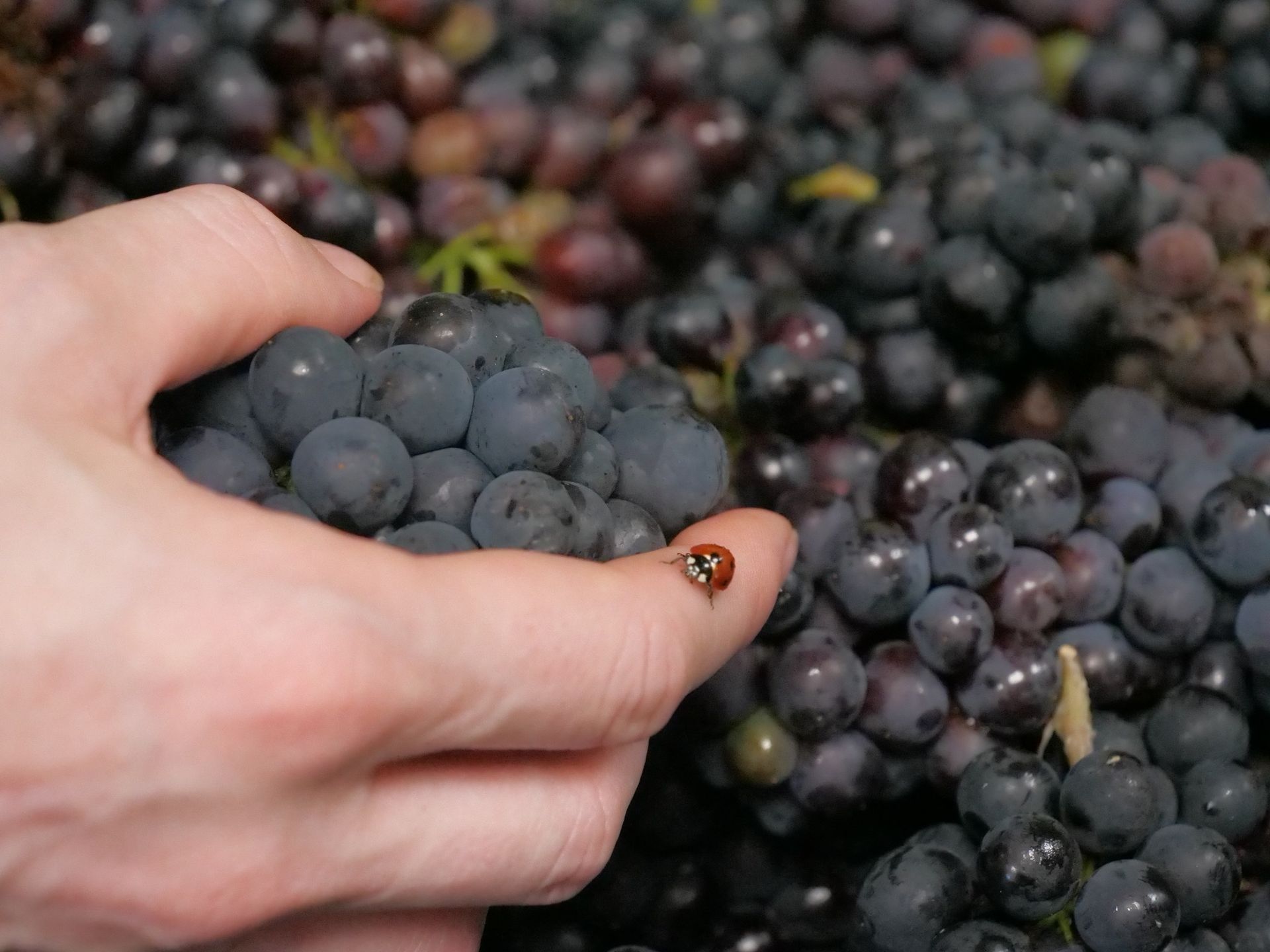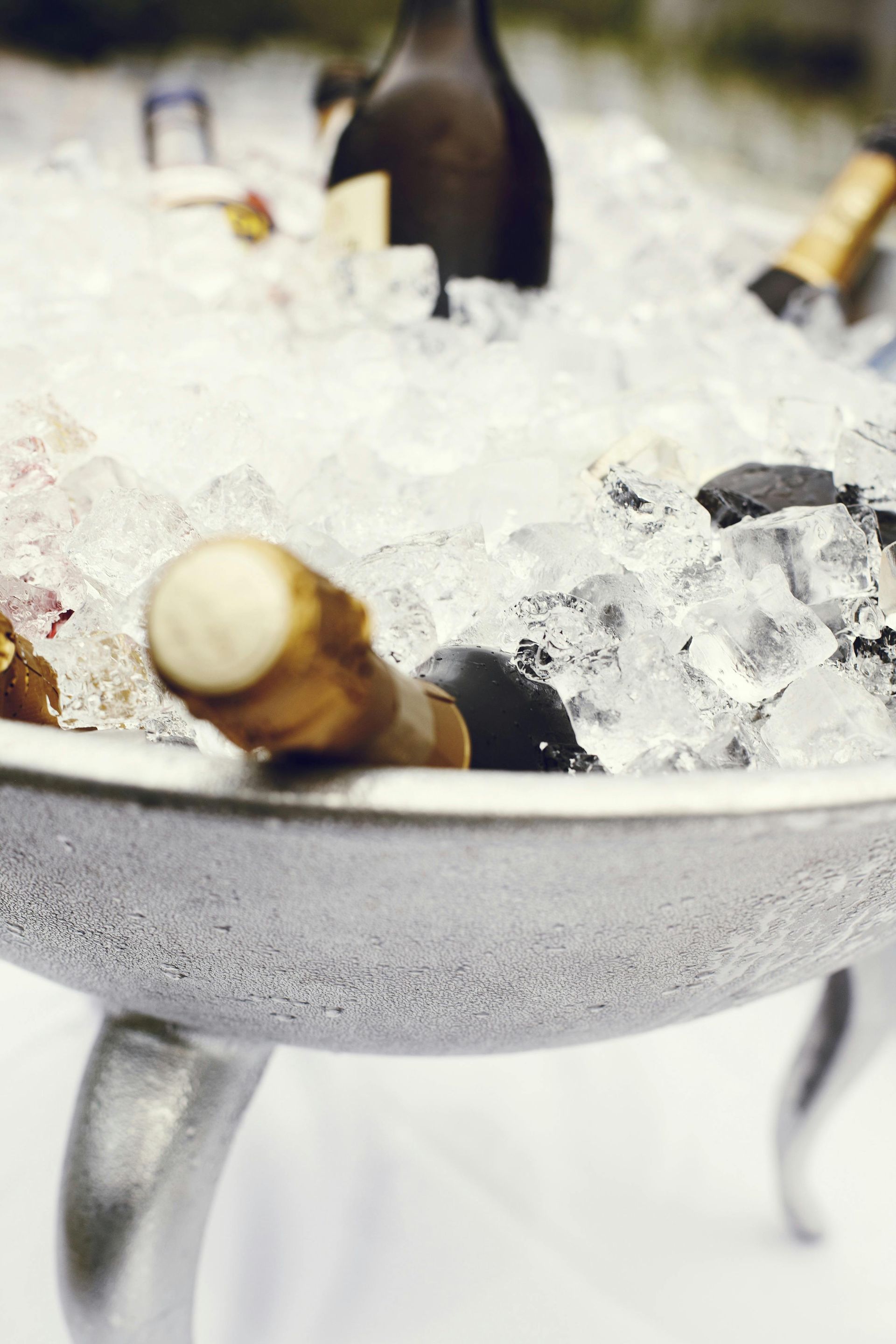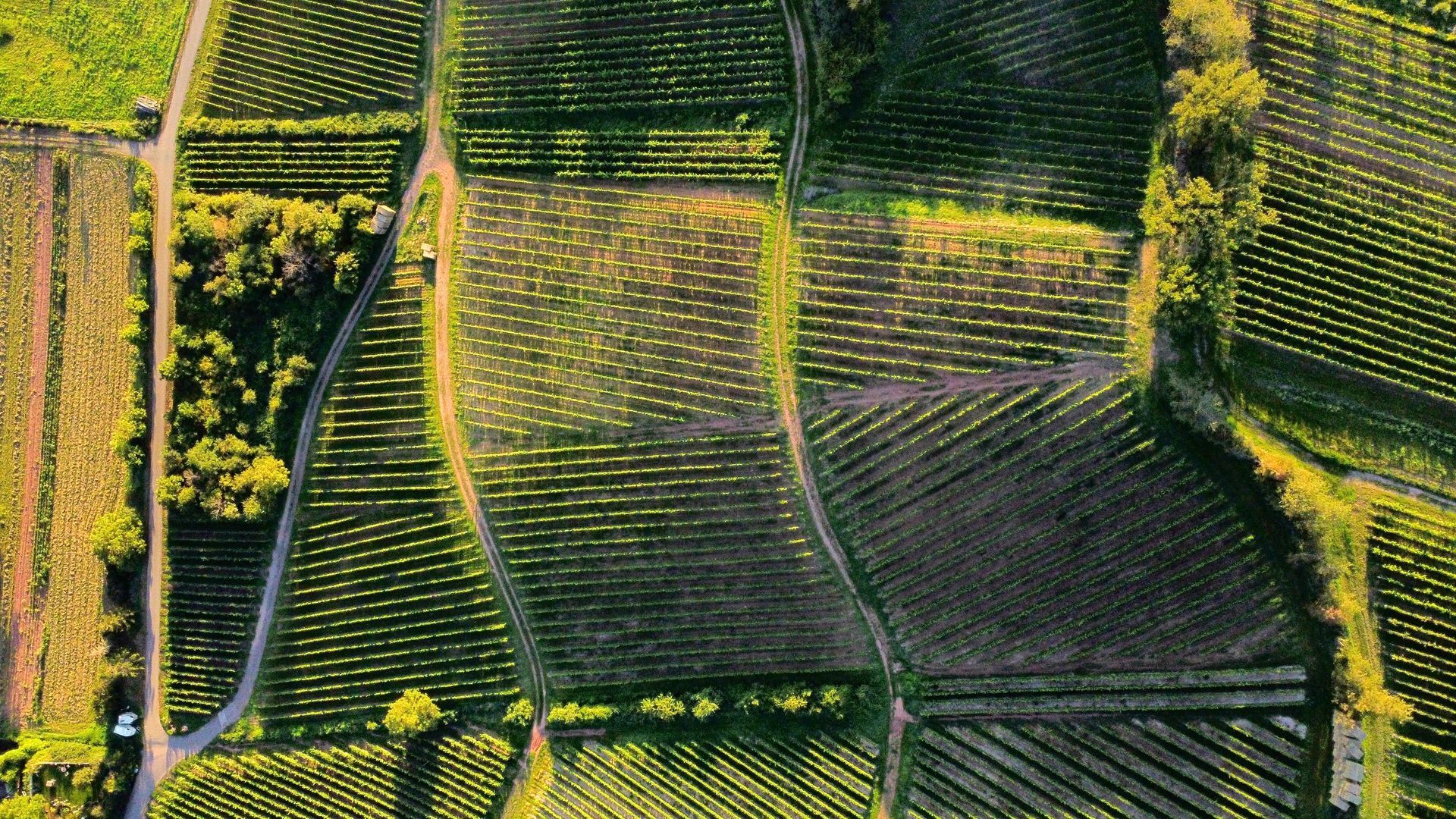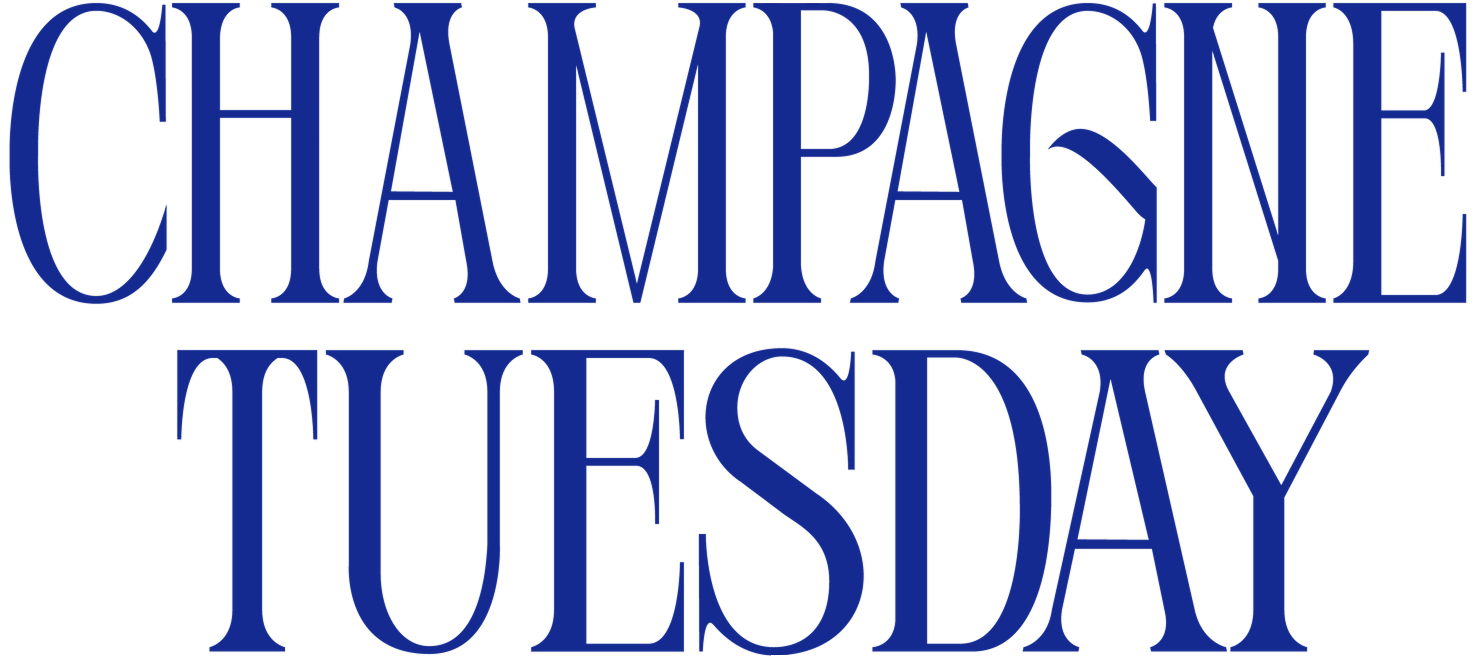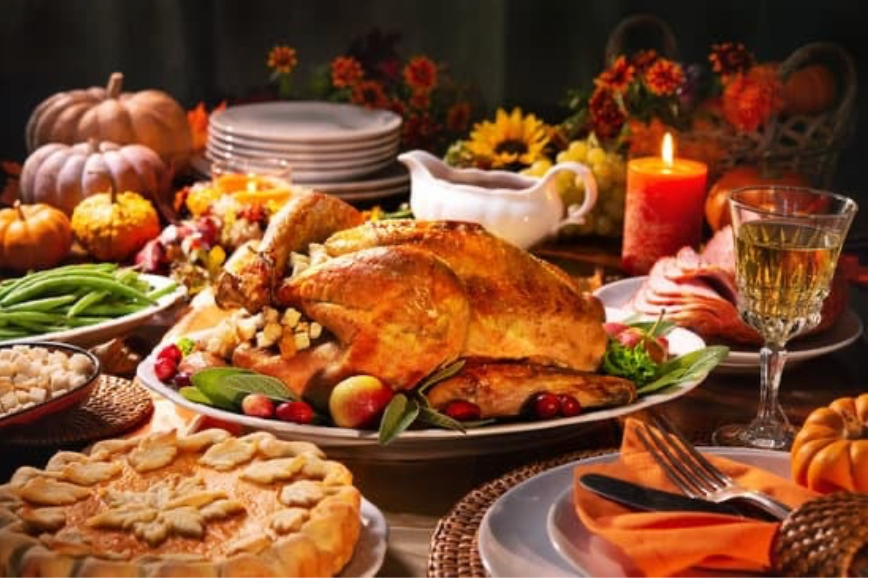The Grapes Behind the Bubbles: Chardonnay, Pinot Noir, and Meunier
Champagne is often a blend, and not just of vintages, vineyards, or producers. It’s usually a blend of grapes. Chardonnay, pinot noir, and meunier are the three primary varieties behind nearly every bottle.
Not always, though. Some champagnes, called blanc de blancs or blanc de noirs, rely on just one or two. These single-varietal wines reveal the unique personality of each grape, unblended and uncompromised.
But whether solo or in harmony, these three grapes are the building blocks of champagne’s character.
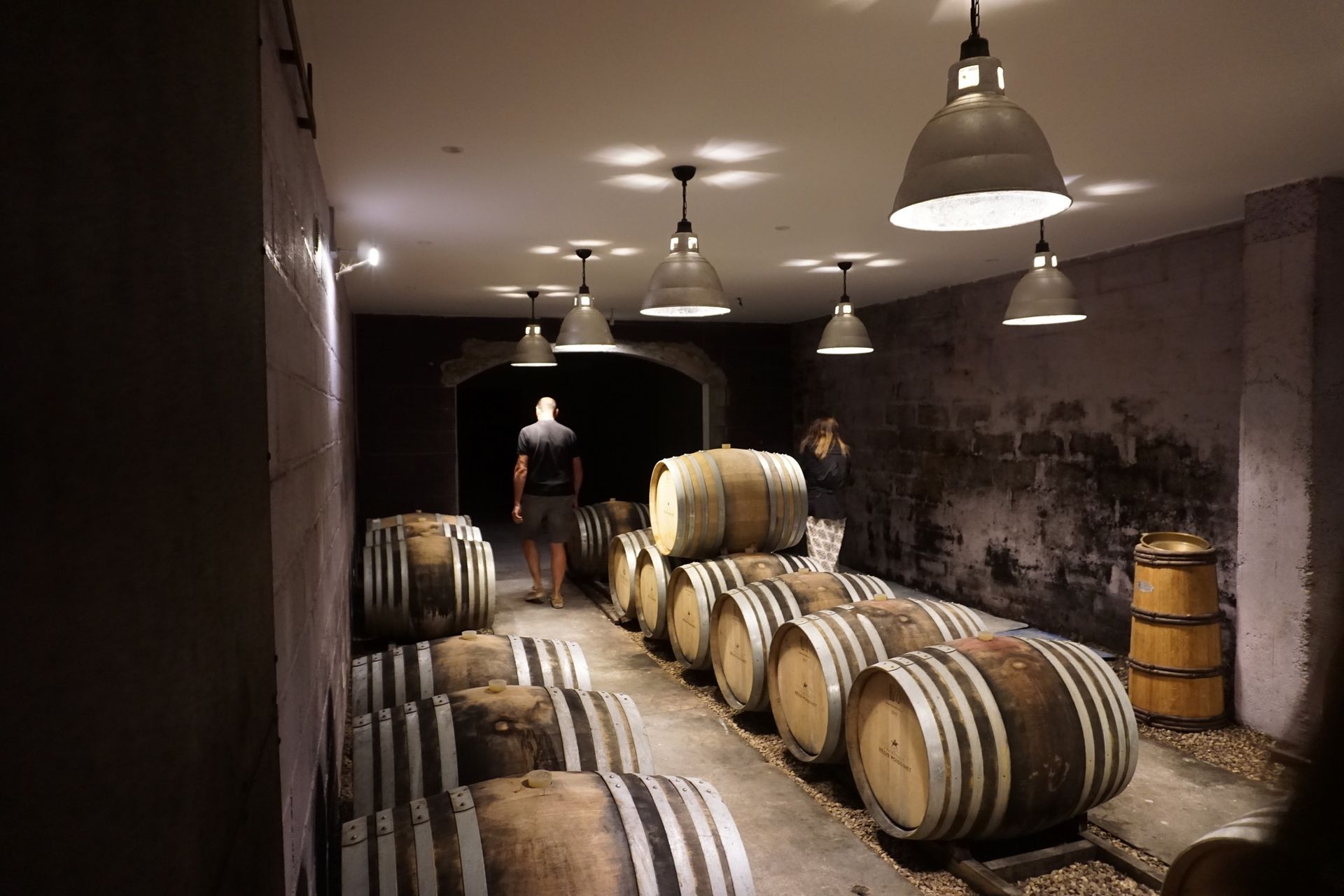
Chardonnay
The elegance. The edge. The longevity.
Chardonnay brings finesse. It’s the grape that adds tension, acidity, and freshness. When you feel a champagne dancing on your palate—light, crisp, maybe with a whisper of lemon peel or chalky minerality—that’s chardonnay talking.
It thrives in the Côte des Blancs, where the chalk-rich soils pull out its most electric traits. Growers here often lean heavily on it. So do vintage champagnes meant to age gracefully.
Chardonnay-driven champagnes are typically:
- Light and precise
- Citrusy and floral
- Built to evolve in the cellar
Think: white flowers, lemon zest, green apple, crushed oyster shell.
Pinot Noir
The backbone. The muscle. The soul.
Pinot noir gives champagne its depth. It brings body, structure, and red-fruited weight. It’s especially at home in the Montagne de Reims and the Côte des Bar, where cooler climates let it ripen slowly and retain its freshness.
A champagne with a high proportion of pinot noir tends to feel broader and more powerful in the mouth, but still lifted. It’s often used in blends to add intensity and drive.
Pinot noir contributes:
- Red berry aromas
- Firm structure and grip
- Subtle tannic edge
Think: cherry, raspberry, spice, even a hint of toast or forest floor with age.
Meunier
The charmer. The connector. The hidden gem.
Long considered the workhorse grape,
meunier is finally getting the respect it deserves. It ripens earlier and handles frost better than the others, which is why it’s so common in the Vallée de la Marne. But beyond its practicality, meunier brings its own magic to the blend.
Meunier adds:
- Fruitiness and roundness
- Supple texture
- Mature flavors earlier
Its wines are often less austere in youth, more approachable right out of the gate. Some growers now bottle 100% meunier cuvées, and they can be stunning.
Think: plum, wild strawberry, baking spice, and soft floral notes.
Blending the Trio
Most champagnes use all three grapes in some proportion. Why? Because each brings something essential.
- Chardonnay lifts.
- Pinot noir grounds.
- Meunier smooths.
Understanding these grapes isn’t just for sommeliers or wine nerds. It’s for anyone who wants to know why their favorite bottle tastes the way it does.
And if you’ve never tried a champagne made from just one grape, look for terms like blanc de blancs (100% chardonnay) or blanc de noirs (pinot noir and/or meunier). It’s a great way to taste the personality of each variety, unblended and unapologetic.
Most people just pop the cork and enjoy. But if you’re reading this, you’re the kind who wants to know. That’s why we’re here. To drink better. To drink smarter.
Even on a Tuesday.
— Pops

